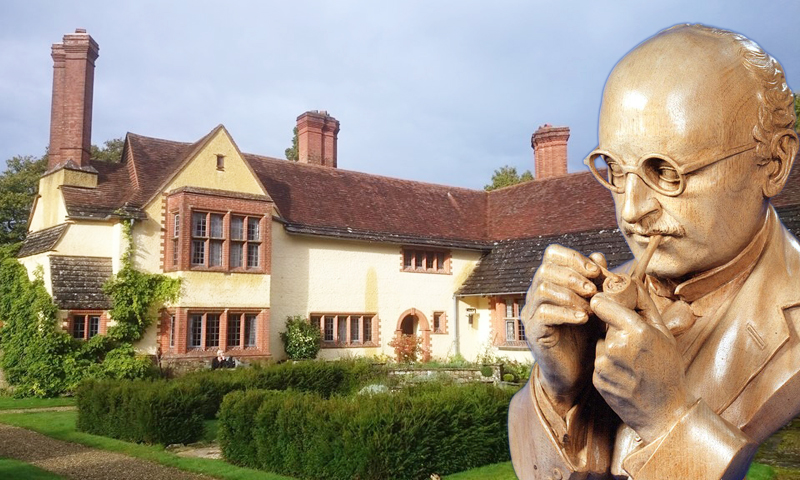
Sir Edwin Lutyens
Sir Edwin Lutyens (1869-1944), born in London, had a glittering, award-winning career as an Architect for the wealthy, yet his style and use of traditional materials still have an appeal to British tastes across the board. Indeed, there are new homes being built today called ‘The Lutyens’ and it is possible to seek out original Lutyens-designed properties for sale, since his output was prolific, continuing from age 20 until his death at 74, with no holidays.
His largest project was the planning of New Delhi, including the Indian President’s official residence and one of the smallest was the Cenotaph in Whitehall, the focus of Remembrance Sunday. He was also responsible for Queen Mary’s Dolls’ House, the largest of its kind, at 1:12 scale of a royal palace.
Lutyens met garden designer Gertrude Jekyll (1843-1932) when he first established his practice and their shared artistry and passion for rural craftmanship underlined hundreds of collaborations. The rise of the upper middle-class provided a ready market for Lutyens’s imaginative and impressive country houses, often featured in the glossy magazine ‘Country Life’ (1897-). His 800+ projects also included the last castle to be built in the UK – Castle Drogo – and he was working on Liverpool’s R.C. Cathedral (unfinished) when he died.
(Images: A Lutyens house (Goddards) by Mark Perey at geograph.org.uk / CC BY-SA 2.0, bust of Lutyens by Sjukmidlands at Wikimedia Commons / CC BY-SA 4.0)
